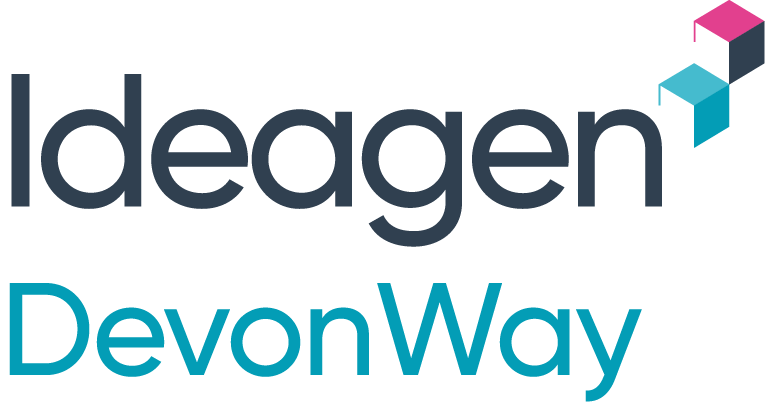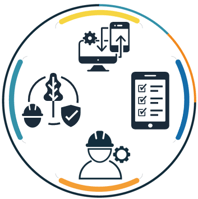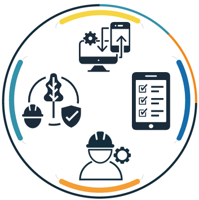Superior value
Save time and money with a typical ROI of 1-2 years.
Manufacturing
Control quality and mitigate risk

QMS, EHS, EAM, and WFM Software
When quality deviations can have major consequences—such as environmental damage, safety hazards, customer complaints, and regulatory issues—trust DevonWay software products to help.
DevonWay quality, safety, asset, and workforce management software helps leading, high-risk manufacturers achieve consistently high quality while complying with regulations, safety goals, and contractual commitments.
Trusted by
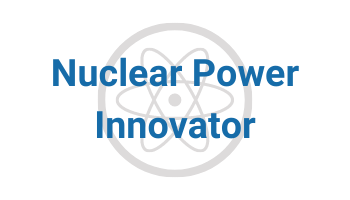

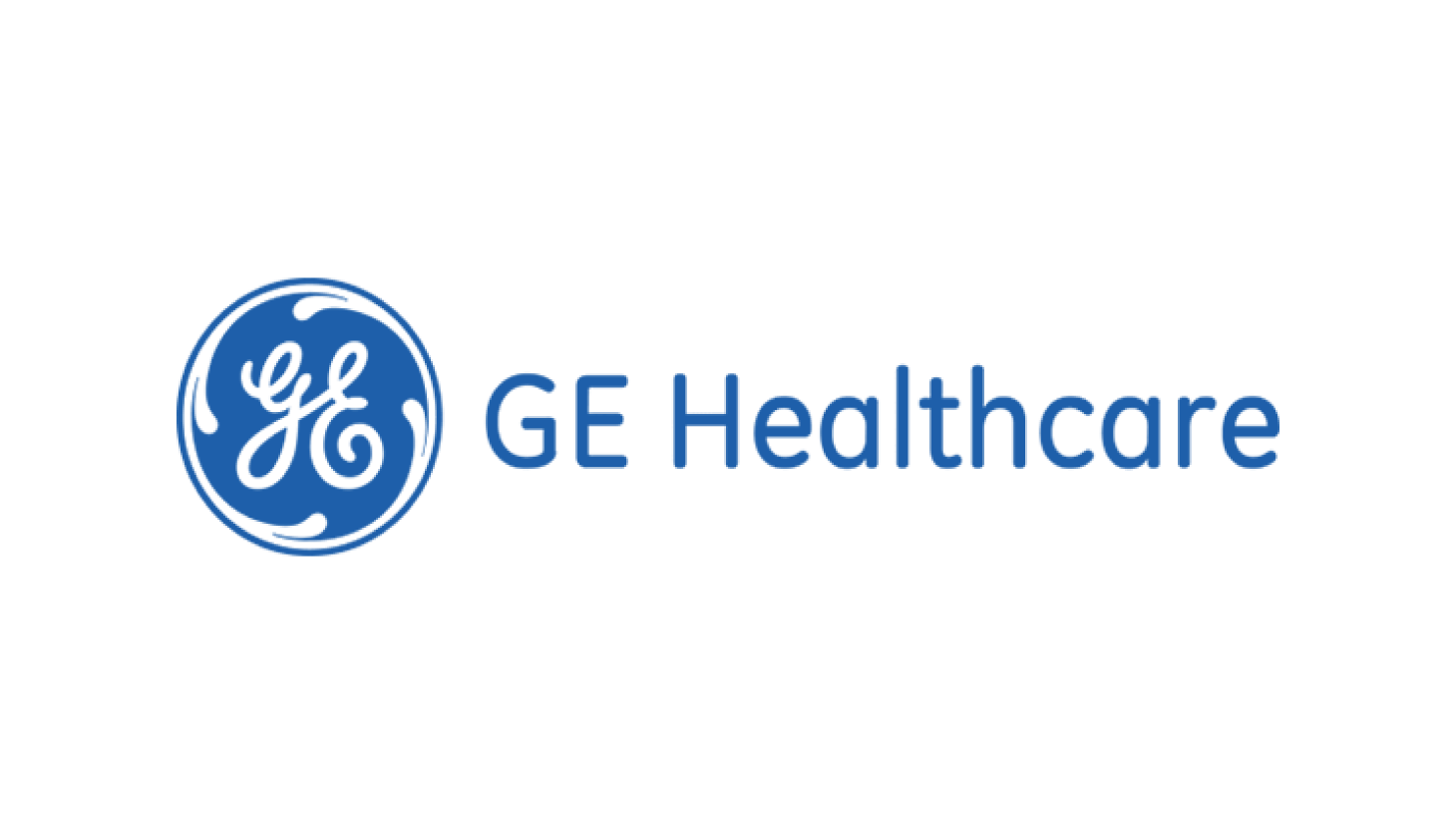
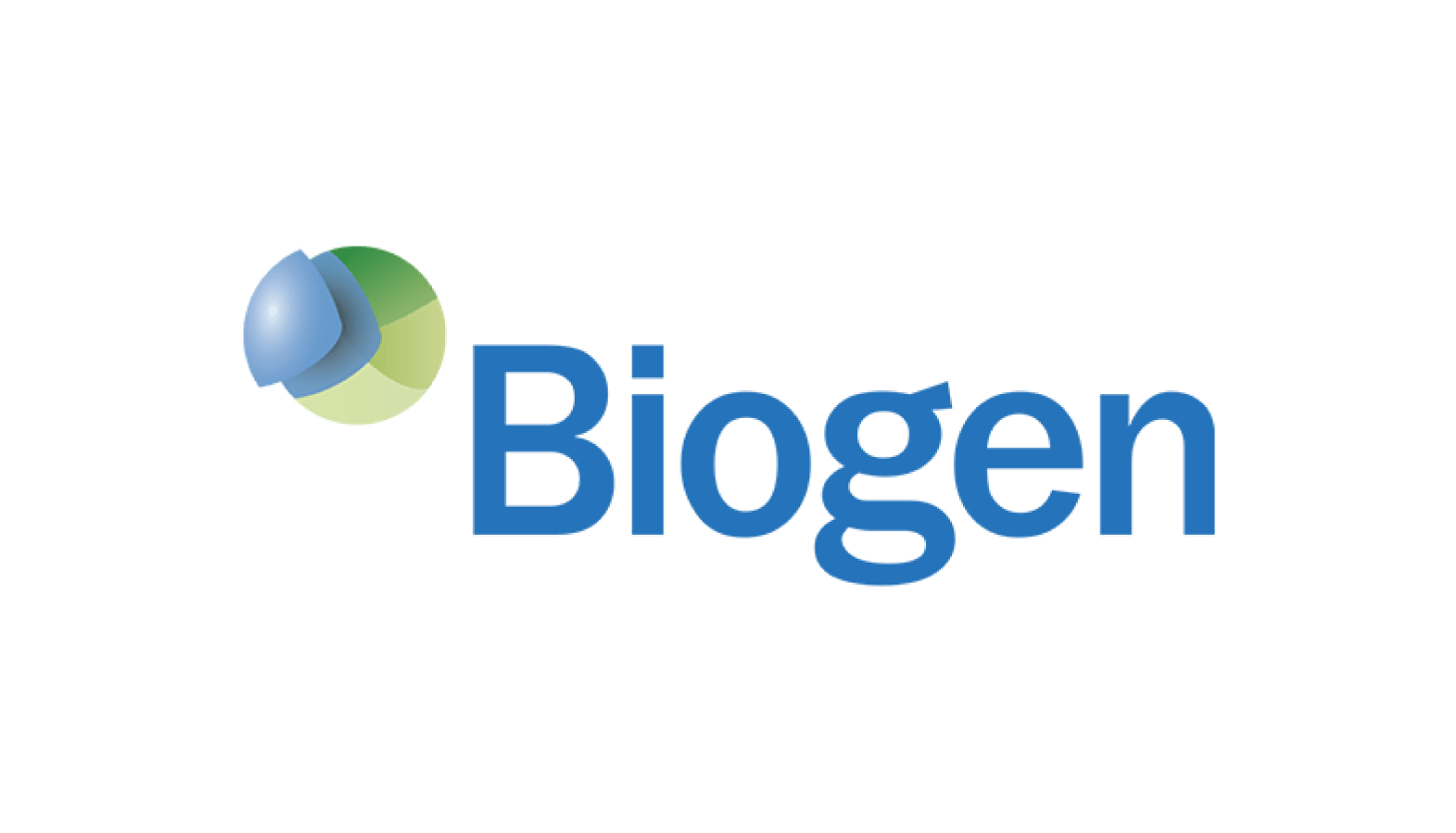
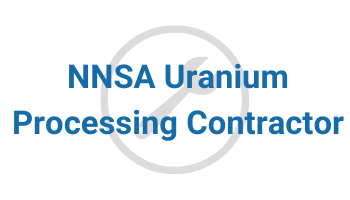
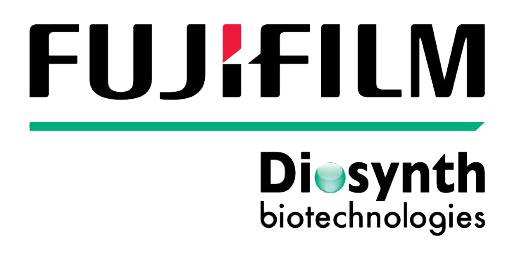
Improve quality, safety, and compliance
With robust incident and risk management at their core, DevonWay products help you control quality and safety to meet regulatory, industry, and contractual requirements and standards.
Manage compliance to regulations, like OSHA and NERC, and standards, like Good Manufacturing Processes (GMP) and Production Part Approval Process (PPAP). You'll save substantial time and expense with automated reports for management and regulators.
Request a demo
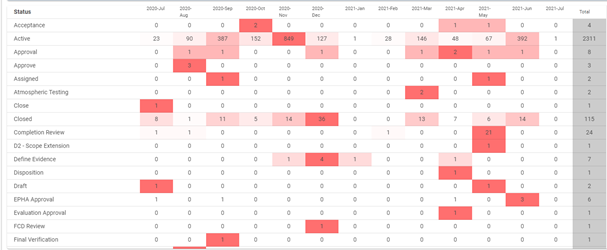
Manage and mitigate risk
Proactively identify, rank, and create mitigation plans for risks with DevonWay Risk Management. Use ranking criteria configured to your unique processes. You can use more advanced risk analysis frameworks, such as Failure Mode & Effects Analysis (FMEA), to drive risk mitigation actions.
Request a demoQuality, safety & work are interconnected
Don't let your software create new silos
Quality, Environmental Health and Safety, Enterprise Asset Management, and Workforce Management processes are interconnected. Yet traditional software erects boundaries between them.
DevonWay products work together across departments, across organizations, across traditional software boundaries — all on a single, secure platform. And they work well with your other systems, too, so you’re never stuck with more silos.
You pay by usage, not by user, so everyone can participate.
Learn more about our no-surprises pricing ›
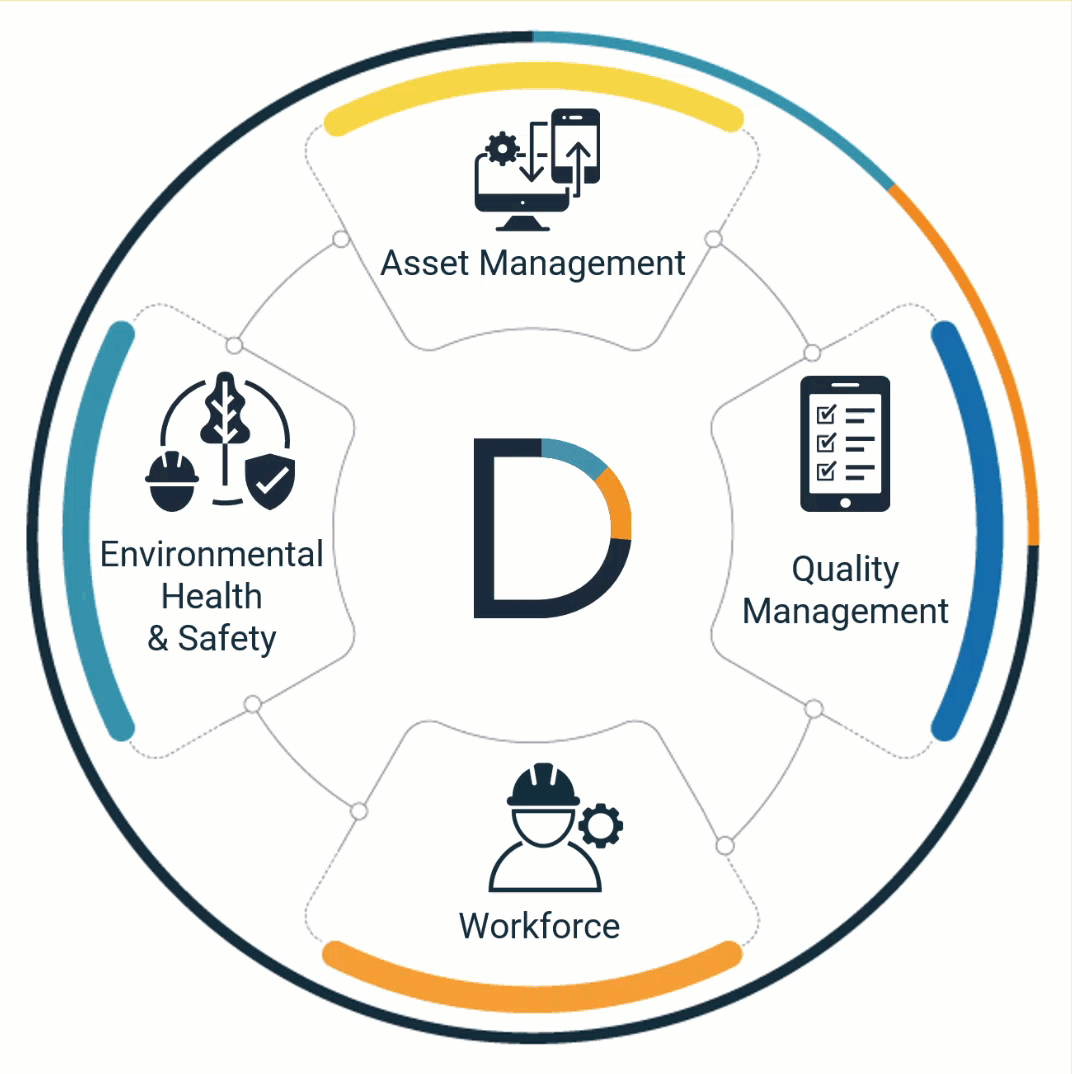
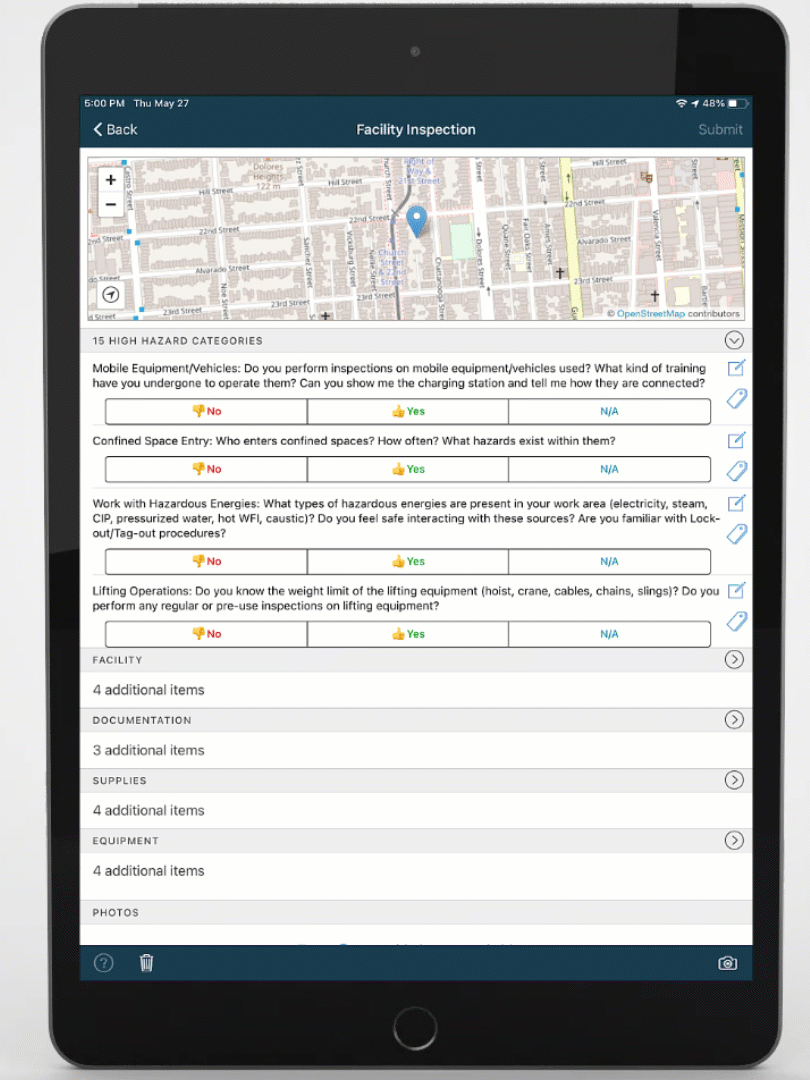
Mobile-ize your workforce
You can't improve quality, safety and productivity with software if your people don't use it.
DevonWay mobile apps engage factory and field workers. They're easy to use and capture just what you need.
Improve quality, performance, and safety with mobile observations, inspections, digital procedures, pre-job briefs, employee safety tracking, and more — on any device, online or off.
Request a demoGain visibility and insight
Quality issues, lessons learned, supplier non-conformances, near-misses, and other important information can be shared across sites and rolled up to executives for full visibility. Automated notifications keep you informed, so you’re never blindsided by avoidable events.
Business users gain actionable insight with built-in Business Intelligence, advanced reporting, and trending - without IT assistance.
Request a demo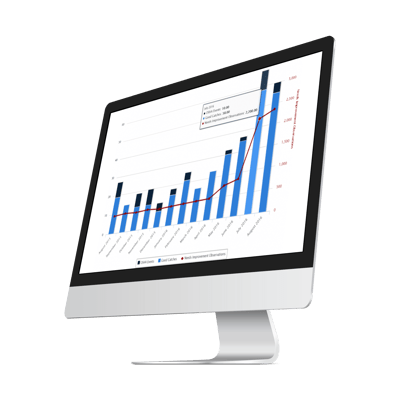
Why DevonWay
Engage workers
DevonWay products are easy to use and quickly configurable to your requirements
Visibility & accountability
Closed-loop quality, compliance, and safety increases yields and savings.
100% success
100% of DevonWay implementation projects go into production.

DevonWay is the perfect vendor that supports our long-term vision of having a unified quality, safety, and asset management platform.


This software was developed to meet every need of a Corrective Action Program and continues to evolve and improve. The versatility to customize the software to meet specific project needs is quite impressive.

The technology has revolutionized the way we work and has already made significant efficiency and cost savings. The cost savings will become even more significant as we move more work order cards to the new system.

My organization has the bulk of performance assurance issues for the entire company. It is extremely important while working in this high pace/use area that the software functions easily. We have that ease of use with the DevonWay software.

